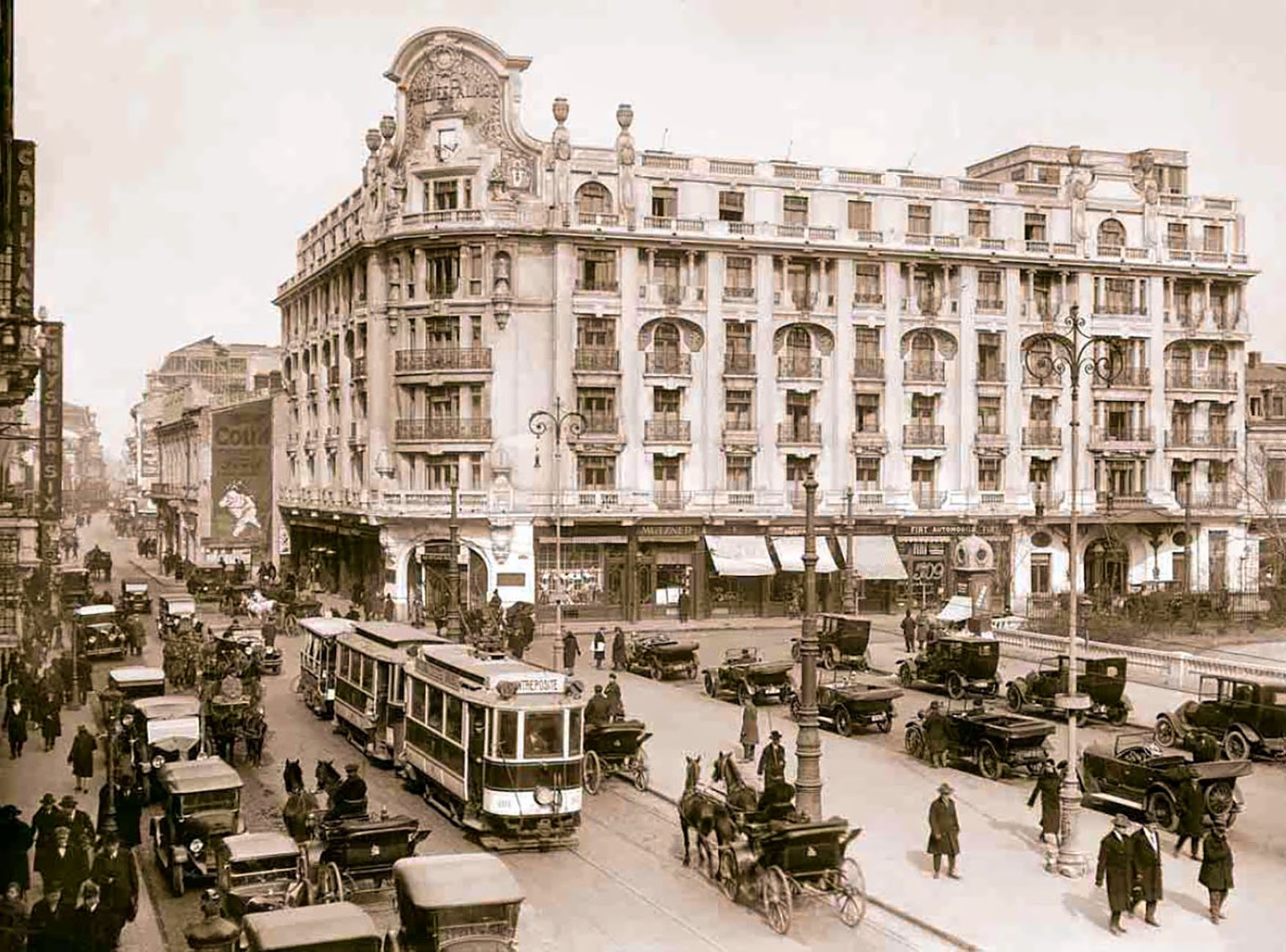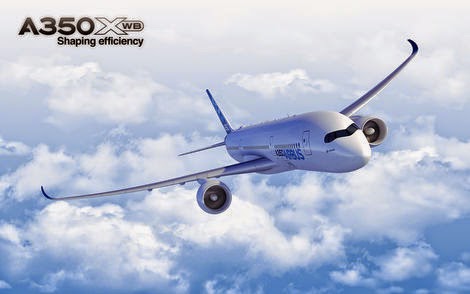From September 20 until October 5 is programmed the biggest beer event of the world Oktoberfest 2014, in Munich. It is an event and a place you need to attend at least once in your life, even if you are a beer fan or not. Saturday, September 20, the tent patrons arrive at 11:00, after they parade through Munich and, at noon, the Munich mayor is tapping the first Oktoberfest-beer-barrel the Schottenhamel Tent. On Sunday, a traditional costume parade takes place through Munich.
For two weeks important events are hosted on the Oktoberfest 2014, including traditional concert of the Oktoberfest brass-bands at the feet of the Bavaria.
The end of Oktoberfest 2014 is marked on Sunday, October 5, at noon, by a traditional gun-salute on the steps of the Bavaria monument.
Munich tradition says that only six Munich breweries are allowed to serve beer at Oktoberfest - Löwenbräu, Spaten, Augustiner, Hofbräu, Paulaner and Hacker-Pschorr.
I have news that are not the best! For the first time ever, the price for the Mass rises to and over Euro 10! The usual rise of the beer price at the Oktoberfest has made the price for one Mass reach a historic mark. An average 2.58% more expensive than last year, some tents now charge Euro 10 or more for one liter of beer. At the Löwenbräuzelt, the Schottenhamel and the Bratwurst, you will find the most expensive Mass with a price of Euro 10.10. The cheapest beer can be found at two smaller tents, Heimer's Roasted Duck and Chicken and Heinz' Sausage and at Chicken Grill, Euro 9.70.

Each year in March, Löwenbräu begins brewing a special Oktoberfest beer, called "Wiesnbier" (meadow beer), a fresh, light amber lager brewed in the best Bavarian brewing tradition. You are not allowed, if you are not one of the six mentioned breweries, to be at the Oktoberfest as a German beer, but for the Munich based brands it’s a good opportunity to present the brands to millions of international visitors at the biggest beer event of the world.
One of my favorite tents is the Löwenbräu Festzelt, beside the beer they serve, another reason being Stephanie Spendler. Stefi runs the Löwenbräu tent and takes great care of all her guests at Oktoberfest, running in fact all the activities in the Löwenbräu Festzelt, together with her father, Ludwig Hagn. Löwenbräu seats 5,700 inside and another 2,800 outside, serving, of course, Löwenbräu beer! I am offering you just a few personal thoughts that Stefi shared with me.G. A.: I took my information about Löwenbräu tent, all the information I could find, but tell me what really means for you and your family to keep this tent for so many years?
St. S.: We are very happy and we are very proud!
G. A.: Is it a matter of proud to be the owner of a tent?
St. S.: When you are working in hospitality, in Munich, it’s a proud if you reach to attend the Oktoberfest, the best thing you can reach. For me I am at the third generation and I have two sons, one is here (Michael –
see photo), he is the fourth generation, and I am here because of my grandmother. She began with the first beer tent in 1953, a small beer tent called Schützen Festhalle and it’s close to the Bavaria, and in 1979 the big tent was free, and my father and my grandmother together they changed the beer tent. Another man took the smaller one and we got the bigger one and this was already in 1979, when I was 12 years old. So I grew up in a beer tent! When I was a smaller child I was in the beer tent of my grandmother and when I was a teenager, it was already this beer tent and I assisted my mother to say hello to all the guests. When I finished school I was 19 years old, I overtook the reservation department and since that time I have been responsible for all the reservations and the guests in the beer tent.
G. A.: So, you never thought to do something else?
St. S.: No
G. A.: What about your son?
St. S.: The same!
G. A.: It’s better when you have it in the family?
St. S.: When you have the luck to have a beer tent in the family, the first aim is to keep it in the family and to bring it foreword for the next generation.
G. A.: The first condition to take a tent is only if it’s free?
St. S.: Yes, you are dependent on two things: one is the brewery and the second is the city of Munich. The city of Munich is the organizer of the whole festival, they are responsible for everything and they decide everything. They give the regulations and they decide who takes on a big beer tent and you do not have a contract for many years… you have to ask every year for the permission to run the beer tent. Generally, you have to fill in a form to the city administration and they check it, if everything is OK: if you don’t have processes, no taxes, no guilt, or anything else. You must have a white check. Everything has to be OK. Then you get the permission from the city and the brewery has to propose you. They have to agree, because this it’s a brewery tent, we are not the owner, the brewery is the owner, we rent it from the brewery. There are different tents on the Oktoberfest. There are brewery tents and then are tents that belong to the people that run them. For example, you have: Hacker beer tent, Löwenbräu beer tent, Augustiner beer tent, these are all the big brewery tents.
G. A.: I will find you here next year again?
St. S.: I think so and I hope so!
G. A.: I found out that already had been 1 million people for Oktoberfest in the first weekend…
 St. S.:
St. S.: Yes, it is true! When the weather is very fine and so many people came for the opening parade, and we had the parade of the costumes and many people did watch the parade and spent the whole afternoon in the sunny beer garden…
G. A.: Thank you very much for your time and see you!
During the Oktoberfest times a press department of the Munich Tourist Office has an office directly on the Oktoberfest ground (opening hours only during the Oktoberfest from 10:00 – 18:00). It is located inside the Servicezentrum Theresienwiese, Matthias-Pschorr Str. 4, behind the Schottenhamel tent, and offers media representatives news, services and help with all kind of on site questions.

















































